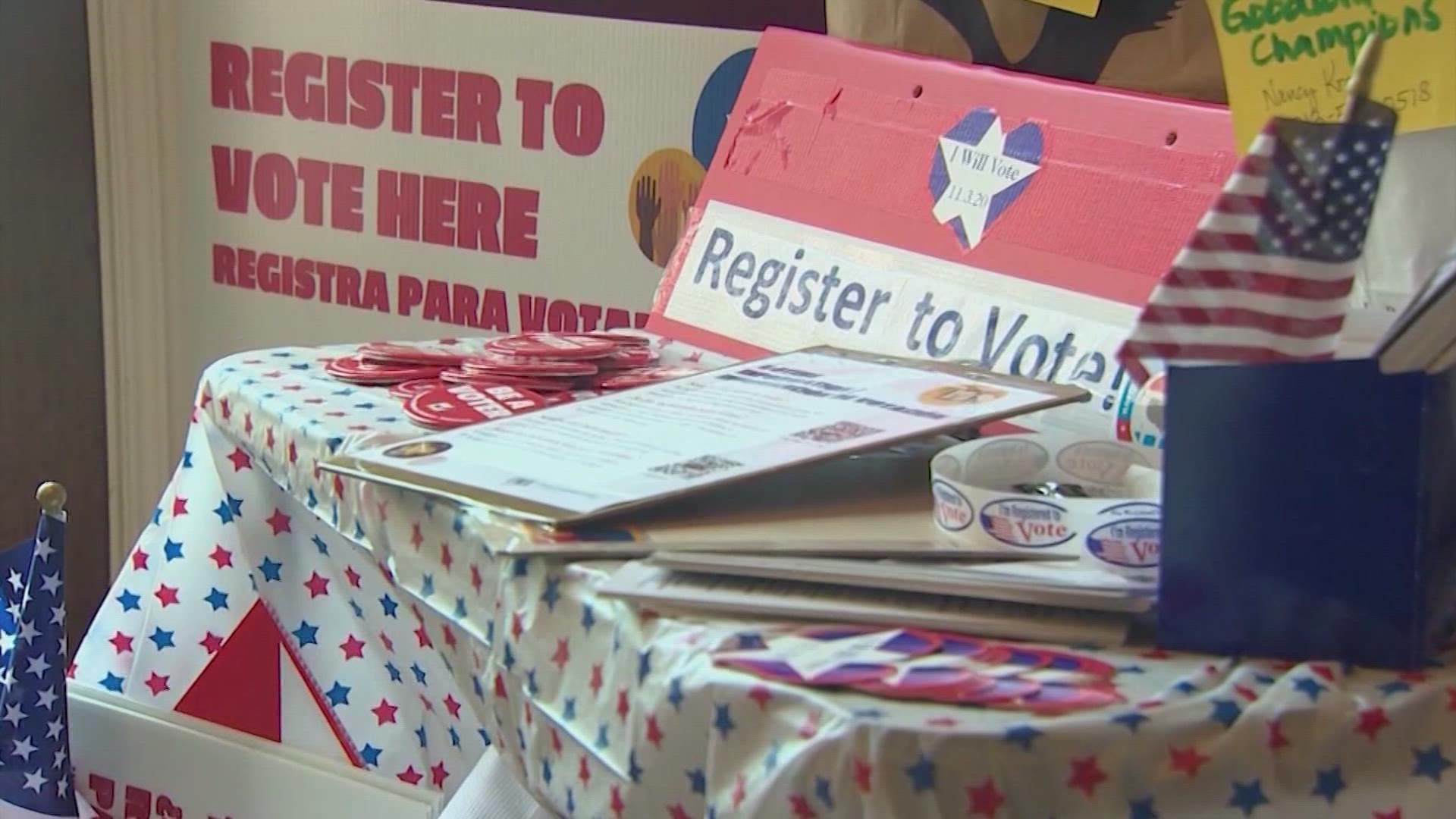HOUSTON — If you’re thinking about voting by mail for the mid-term election, your ballot application must be received by October 28.
And you’ll want to make sure you fill it out correctly so it doesn’t get rejected.
Thousands of ballot applications and ballots were returned in the March primary elections, mostly because the identification numbers that voters used were not the same as the numbers they used when they registered to vote.
There were many Texans who had been voting without issue for decades, but for the first time this year, their ballot applications and ballots were rejected.
The changes stem from recently passed voting legislation that requires voters to include either their driver’s license number, their personal identification number or the last four digits of their social security number.
Whichever identifying number a voter chooses to use has to be the same number used when the person first registered to vote.
That was a lot to ask of Texans who registered to vote 40 years ago.
Many of them couldn’t remember which number they used back then.
If, for instance, they registered to vote using their social security number but applied to vote by mail using their driver’s license number, their ballots were kicked back.
Election officials told us back then that voters submitting ballot applications should include all of their identifying numbers, just to be safe.
The numbers should be written on both their mail ballot application and mail ballot envelope.
Some voters didn’t put anything in the ID fields, so their applications were rejected as well.
The Texas Secretary of State’s election division updated the design of the carrier envelope this summer which now has a bold, red box around the ID field.
The idea is that it’ll remind voters to put their numbers in this section.
Back in February, we introduced you to Pam Gaskin, who’d had her mail-in ballot application rejected three times for technicalities.
RELATED: 'That was 46 years ago' | Fort Bend County woman hits roadblocks on path for mail-in ballot
She was among those who wrote a different ID number on her application than what she’d used when she first registered to vote more than 40 years ago.
This election cycle, she’s helping teach others about the changes so they can avoid the trouble she experienced earlier this year.
We reached out to the Texas Secretary of State’s office to get the total number of ballot applications that were received for the March primaries, how many were rejected, and how many of those were eventually remedied.
We’re still waiting to hear back.

